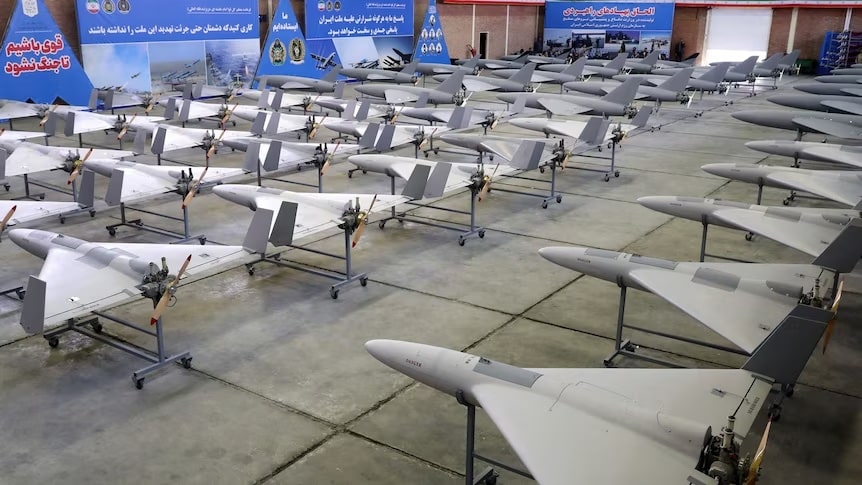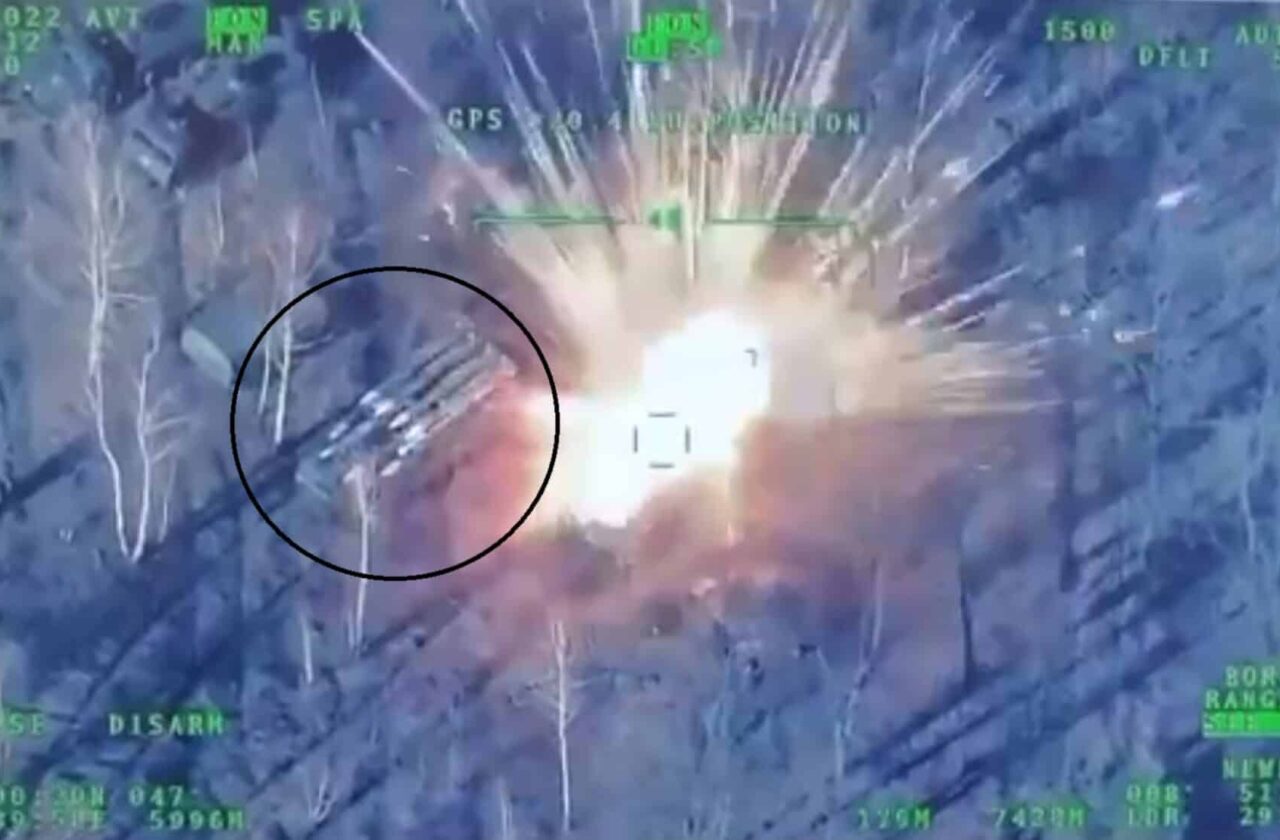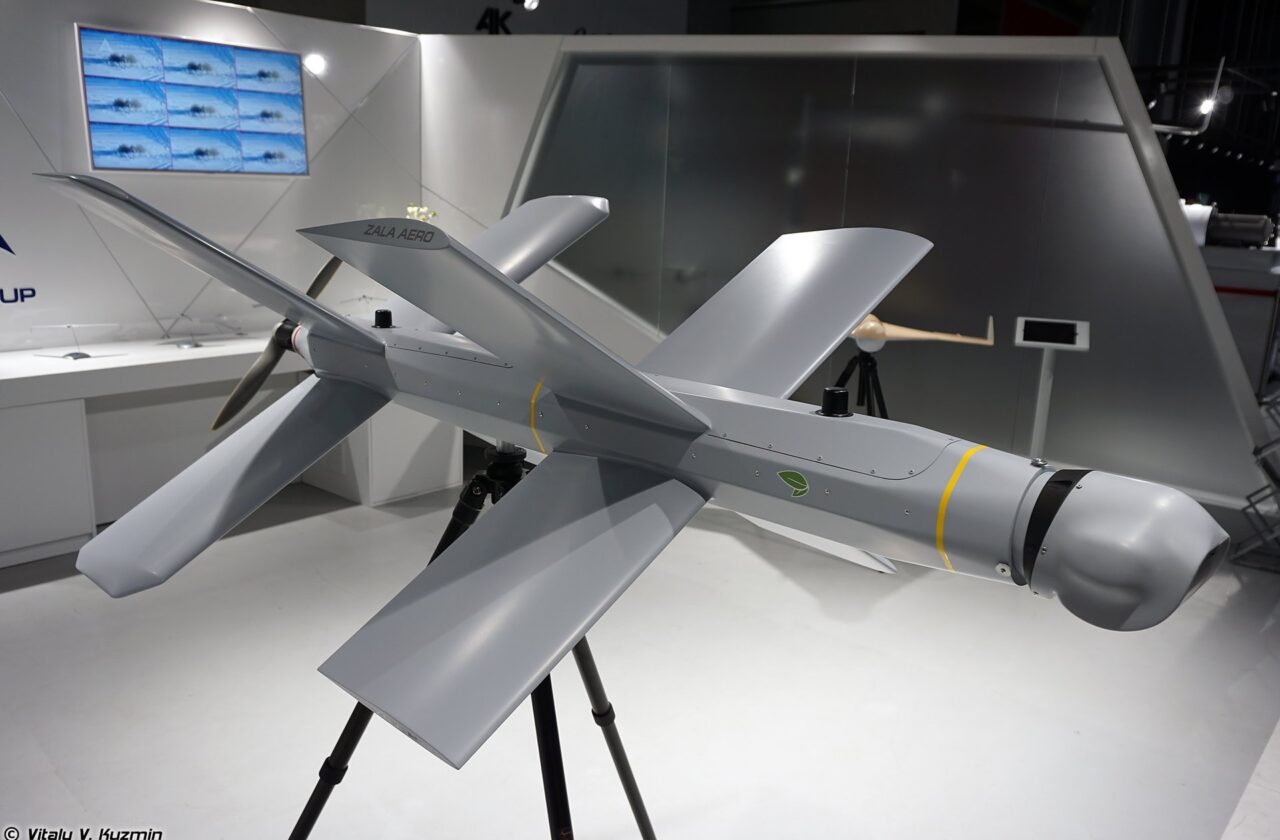The subject of killer drones has been making headlines in Europe and the United States for several years. Association between armed military drones and artificial intelligences with great autonomy, they represent, simultaneously, a major military issue for the conduct of future conflicts, as well as fertile ground for imagination, whether public or policies.
This contradiction, between military need on the one hand, and public fear on the other, will soon be at the heart of numerous debates, while other countries, and not the least like Russia, China or the Iran, are making rapid progress in this area, which brings with it a profound restructuring of the balance of power.
Because, whether we like it or not, the drone war will probably take place in the relatively near future, and the race to equip ourselves with these systems is well and truly underway, between the great world military powers.
In this section:
Killer drones, between collective imagination and very real military application
If the progress of Artificial Intelligence is, overall, perceived positively by public opinion, the possible emergence of “ killer drones", capable of choosing their own targets, and striking them, has inflamed the collective imagination, and the political debate, for many years, to the point that many parliaments have already taken measures to try to regulate it. 'appearance.

However, the benefits expected from embedding AI on board drones have not escaped any headquarters in the world, and most military drone programs under development are already equipped with certain delegated capabilities. to Artificial Intelligence, whether to reduce the work of operators, or to improve performance.
As one might expect, a major conflict, such as the one taking place in Ukraine, will have quickly changed certainties in this area, including the military, and the drones currently being developed in many countries are seen equipped with much more advanced AI, and above all, capable of replacing, if necessary, human arbitration.
In fact, despite the numerous assurances given a few months ago on this subject, the race to develop killer drones, however questionable this term may be, is well underway between major military powers, which now consider it as a major pillar of their future military capabilities, to try to contain or defeat the adversary.
And the dynamic underway will most likely be impossible to stop, profoundly changing the very nature of conflicts and power relations in the years to come.
Why is Artificial Intelligence a game-changer aboard military drones.
It must be said that the integration of artificial intelligence modules on board drones objectively increases their performance and efficiency. Indeed, if drones have already profoundly changed the nature of engagements, whether in the air, but also securely and under the oceans and, to an even lesser extent, on land, they still suffer from numerous weaknesses, significantly affecting their operational potential.

Thus, if certain flight and navigation functions are already provided by artificial intelligence, most of these drones today use a data link, allowing an operator to control the trajectory, but also the mission, including in the identification of possible targets. Above all, the fire decision still remains the only decision of a human operator.
However, this data link today constitutes the most important weakness, and the greatest limitation, concerning the use of military drones. This is not only not very discreet, since the drone is emitting, its emissions can therefore be detected by certain suitable devices, but it also represents one of the greatest weaknesses currently used to overcome drones, namely its vulnerability to electromagnetic interference.
Deprived of its data link, or simply of the signal from geolocation satellites, the vast majority of drones used today find themselves incapable of acting, and therefore of no use in combat.
Additionally, this data link requires an operator to control the drone. It is therefore necessary to have almost as many operators as deployed drones, which limits their number, and therefore the potential for use, in particular to saturate opposing defenses.

AI provides answers to all of these areas. They can navigate with precision, even without a GPS signal. They can search, detect and identify targets, without the need for a data link, thereby increasing its resistance to jamming and its discretion. Finally, they allow a single operator to direct the flight and mission of numerous drones simultaneously, whether or not as part of a swarm flight.
Obviously, the absence of data link is not without imposing some constraints, in particular in the area of evaluating the effectiveness of strikes, but also concerning the risks of erroneous identification of a target.
However, for many staffs, the benefits of equipping themselves with drones capable of carrying out a mission in perfect autonomy, including with lethal strikes, clearly outweigh the constraints and risks.
United States, Russia, China…: the great powers have embarked on the development of autonomous AI for their military drones
This is why, for several months now, announcements have been increasing regarding the development of military drones equipped with much more extensive artificial intelligence than they could be until recently.
The conflict in Ukraine acts, in this area, as a powerful accelerator. So, on the occasion of the Army 2023 exhibition, which was held last September in Moscow, Russian manufacturers presented several models of reconnaissance and combat drones, equipped with advanced AI. According to the TASS agency, the use of these drones would have started in Ukraine a few months ago.


75% of this article remains to read,
Subscribe to access it!
The Classic subscriptions provide access to
articles in their full version, and without advertising,
from 6,90 €.
Newsletter subscription
Register for the Meta-Defense Newsletter to receive the
latest fashion articles daily or weekly


